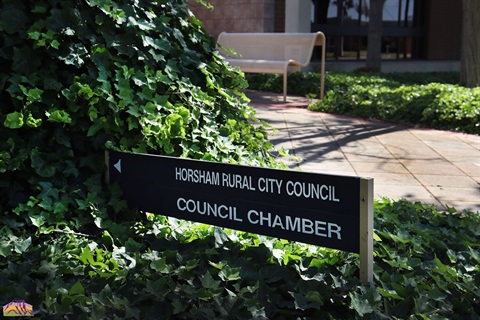Council sets zero net carbon goal
Published on 25 February 2021

Horsham Rural City Council adopted a Zero Net Emissions Action Plan at its meeting on Monday, seeing Council commit to reducing its emissions by 100% over the next 30 years.
The plan will see Council adopt a target to reduce greenhouse gas emissions and carbon emissions by 3.5% (221 tonnes of carbon dioxide equivalent) per year until the year 2050.
Director Infrastructure John Martin says that this plan will see Horsham Rural City Council develop a clear plan to reduce its carbon footprint.
“Setting this long term objective will ensure we can commit to a range of sustainability initiatives, such as the Local Government Energy Saver Program, with a clear idea of how they will fit alongside Council’s goals,” he said.
Council has calculated its baseline carbon footprint through a greenhouse gas inventory, which captured data of emissions from a range of sources, including electricity, gas and transport.
This baseline carbon emissions footprint was then reviewed against a “science derived target”; a target that represents a scaled proportion of world emissions, as relevant to Horsham Rural City Council.
Council’s largest sources of emissions include fuel used in transport, electricity and street lighting.
Pathways to achieving reductions in Council’s emissions include implementing energy efficiency measures for Council buildings and facilities, transitioning to a lower emission vehicle fleet (hybrid vehicles), rolling out more solar for Council buildings and facilities, and switching the municipality’s streetlights to LED.
Another significant emission emitter, the Dooen Landfill site, has not been included in these calculations, but will be addressed in a separate waste strategy.
Reducing emissions in landfill sites requires broader community action, including a reduction in the amount of organic waste that is sent to landfill.